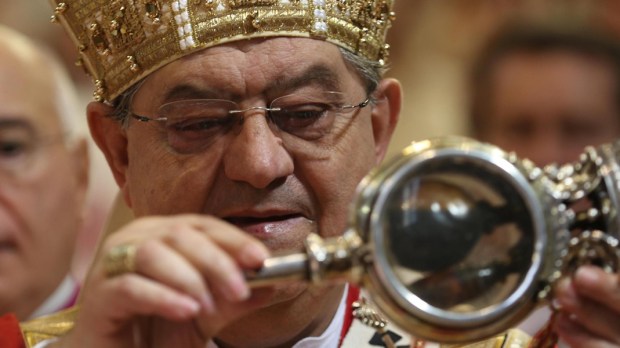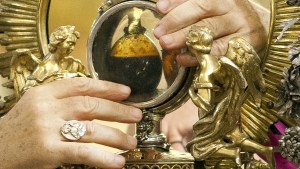St. Januarius, a bishop of Benevento, Italy in the 4th century, is regarded as the “patron saint of blood donors.“
Little is known about his life, but he is celebrated as a martyr every year on September 19.
According to a local legend, “after St. Januarius’ public execution, a faithful woman named Eusebia collected his blood in two flasks to keep as a relic. Extraordinarily, the dry blood regularly liquifies and then becomes solid again, a phenomenon first recorded in 1389. The ‘liquifaction’ typically occurs on his feast day and has occurred at other times in the presence of holy people, such as visiting popes.”
According to Catholic News Agency, the liquefaction traditionally occurs at three times per year: September 19, St. Januarius’ feast day; the first Saturday of May; and December 16, the anniversary of the 1631 eruption of Mt. Vesuvius.
Local Catholics believe that when the blood liquefies, it is a good sign for Naples. However, if the blood fails to liquefy, it could be taken as a sign of an impending disaster or tragedy. For example, when the relic was taken out on December 16, 2020, the blood failed to liquefy.
With all this in mind, the Church has commonly invoked St. Januarius as the patron saint of all blood donors.



